Yonezawa Winter Guide: Temperature, Clothing and Transportation

Yonezawa City, Yamagata Prefecture, is known as one of the areas in Japan that receives heavy snowfall. In the winter, it experiences severe cold and a huge amount of snowfall. For those visiting Yonezawa in winter for the first time, we will explain the necessary preparations and clothing to enjoy sightseeing safely and comfortably.
Snow rarely accumulates in major Japanese cities such as Tokyo and Osaka, but in the winter, Yonezawa City, Yamagata Prefecture, located in northern Japan, is covered in a blanket of snow. While there are many things to enjoy in winter, such as winter sports and hot springs, it is also true that it is essential to prepare for the cold and snow.
In this article, we will introduce you to the best clothing, transportation methods, and things to be careful of on snowy roads to ensure a safe and comfortable winter in Yonezawa.
-
Table of Contents
- Average Temperatures and Amount of Snow
- Recommended Clothing and Goods
- Recommended Transportation
- How to Walk Safely on Snowy Roads
- Prepare for Snow and Enjoy Yonezawa to the Fullest!
Average Temperatures and Amount of Snow
In Yonezawa City, snow starts to accumulate in earnest from late December, and measures against the cold and snow are necessary until March. The average temperatures and maximum snow depths in Yonezawa from October to March are as follows.
◇Average monthly temperatures and maximum snow depth
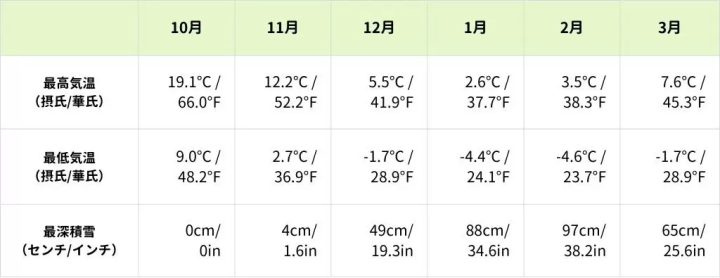
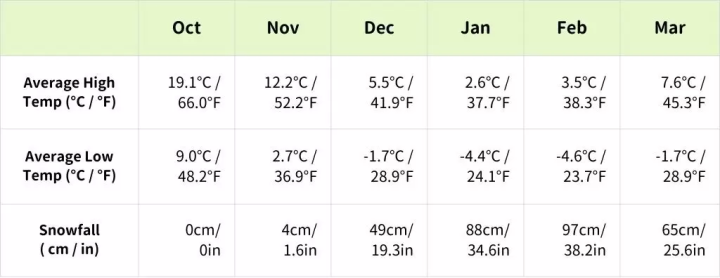
Source: Japan Meteorological Agency
Recommended Clothing and Goods
Clothing for Mornings and Evenings in October and Daytime in November
You don't need as much gear as you would in mid-winter, but it's a good idea to bring a thin outer layer and a scarf to keep the chill off. Snow rarely accumulates, but there are some years when it snows lightly in November. It's safer to wear non-slip shoes and wear shoes that cover your bare skin.
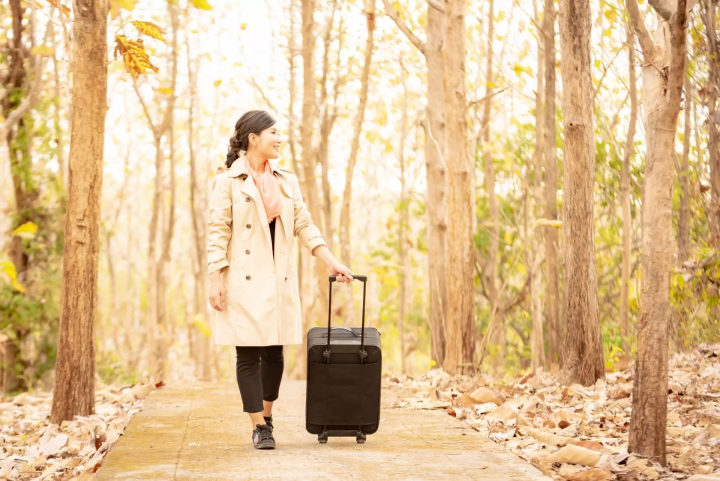
Clothing for Mornings and Evenings in November and from December to March
When the temperature drops to around 5°C, winter is in full swing. Thick coats and down coats are essential. However, long coats and wool coats can get wet and dirty due to friction with accumulated snow. We recommend short coats and coats made of water-repellent materials.

In addition, your hands and feet are especially susceptible to getting cold, so wear gloves and thick socks to protect yourself. Wearing warm innerwear, such as Uniqlo's "Heattech," will also help protect you from the cold.
However, inside shops and facilities, the heating is on, so thick fleece-lined innerwear can actually be too hot. Try adjusting your clothing according to your destination, such as choosing thin innerwear if you'll be inside a building or are worried about bulk, or extra thick innerwear if you'll be outside all day. If you're playing winter sports, sweat-wicking properties are also important, so sports innerwear is best.
For your feet, choose boots or snow shoes to prepare for snowy roads. Boots with heels and thick-soled shoes are very dangerous, so choose flat shoes that provide good traction.
Also, if you fall and have both hands full, it could lead to serious injury, so a backpack or shoulder bag is safer so you don't have to hold your belongings with both hands.
Must Buy Items at Drug Stores
Drugstores in snowy regions sell many items to help you beat the cold. It is not necessary to prepare the following items in advance, and it is more efficient to procure them locally.
Cold weather goods (examples)
- Disposable warmers: Stick-on type, non-stick type (put in your pocket or hold in your hand to warm up),
You can choose from a variety of products, including ones that can be put in shoes or socks.
- Socks and leg warmers to protect against the cold
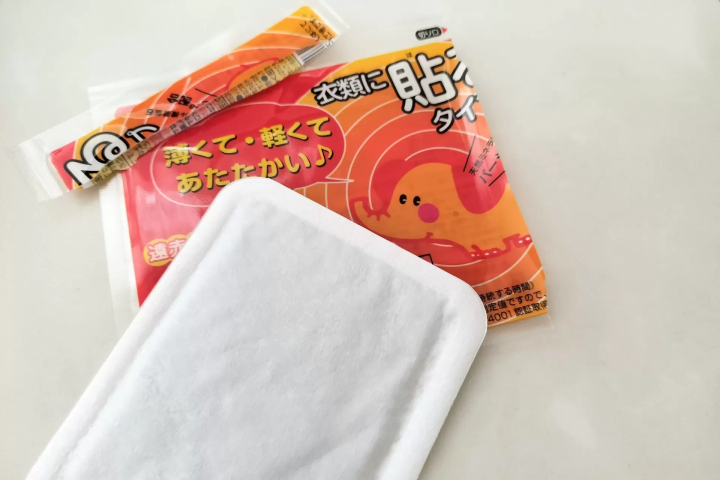
Recommended Transportation
◇ Car (rental car)
If you want to get around the various spots in Yonezawa City, the best way is to rent a car. However, when driving on snowy roads, be sure to pay attention to the following:
- If you have a personal car, use studless tires or chains instead of normal tires. (If you are renting a car, you do not need to change the tires yourself.)
- When renting a car, choose a 4WD (four-wheel drive) vehicle.
- Keep a large distance between you and the car ahead, and accelerate and brake slowly. Sudden steering and braking are strictly prohibited.
- Please drive with caution on well-ventilated bridges and at tunnel entrances and exits as these can be particularly slippery.
- Snow can make it difficult to see other vehicles and pedestrians, so be careful when checking your surroundings when turning right or left and when people suddenly appear out in front of you.
- Snowstorms can reduce visibility, so refrain from driving in bad weather and allow extra time for travel. Also, turn on your headlights to let other vehicles know you are there.
- If snow accumulates on your car and falls onto the windshield, it becomes dangerous and you won't be able to see ahead, so be sure to remove the snow before driving.
- Snow can cause road conditions to worsen and traffic jams can occur, so be sure to allow plenty of time when traveling.
December 2021: "Many stuck roads cause major traffic jams in Nakatacho, Yonezawa City" (PressYamashin YouTube channel)
◇Public bus
Yonezawa City buses that run within the city will operate on a winter schedule from December 1st to March 31st each year. Departure and arrival times will differ from the regular schedule, so please check the timetable on the city's website before using the bus.
(As of September 2024) Click here for the Yonezawa City Municipal Bus Timetable
◇Train (JR Yonesaka Line)
Due to snowfall, trains (JR Yonesaka Line) may be temporarily suspended. Please check the latest operating status on the JR official website or at each station.
(Japanese only) JR East Tohoku area operation and suspension information can be found here
Accommodation shuttle bus
Some accommodations operate shuttle buses from major stations, so be sure to check when deciding where to stay.
If you would like to know more about how to access Yonezawa and how to get around the city, please also take a look at the following article.
How to Walk Safely on Snowy Roads
Walk with small steps in shoes suitable for snowy roads
In mid-winter, snow can pile up to nearly 1m even in the city center, so long shoes that do not let water in are the best choice. Shoes with non-slip metal fittings or deep grooves in the soles are especially recommended as they prevent slipping.
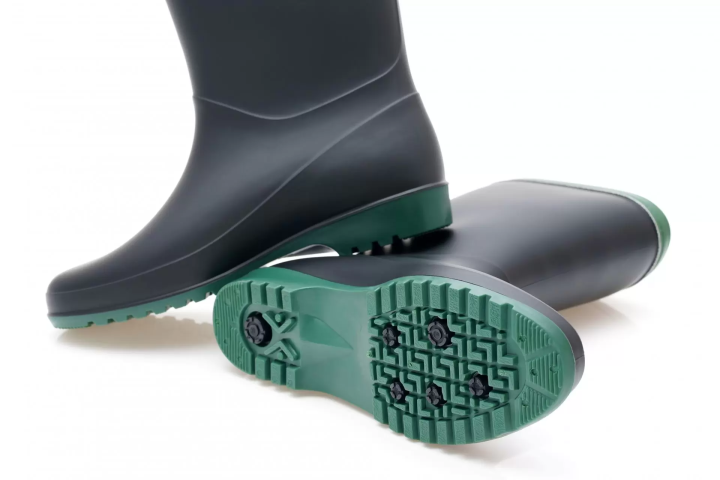
However, even with suitable shoes, snowy roads are very slippery, and even walking on them can be scary if you are not used to it. The trick to walking on snowy roads without slipping is to (1) take small steps instead of large steps, and (2) walk so that you land on the ground with the entire sole of your foot directly above it, rather than landing on your heel. It is particularly slippery in well-ventilated places such as on bridges and pedestrian bridges, and in places where the snow is packed down, such as car entrances and exits, so be sure to walk with great care.
Also, if you walk on high piles of snow, your feet may get buried in the snow and you may not be able to get out, or you may fall into drains or irrigation channels that are hidden by the snow. Try to walk on roads that have been cleared of snow as much as possible.
Beware of falling snow from above
In Japan, tiles are often used on the roofs of houses, but because snow does not slide off easily from tiles, they are not used in houses in snowy regions. Houses in snowy regions often have metal roofs to make it easier for snow to slide off. The fact that snow slides off easily means that you must be very careful of snow falling from the roof. You should never walk directly under the roof, and always keep an eye on what is above your head when walking.

Keep in mind the dangers of driving on snowy roads
It is important for both drivers and pedestrians to be aware of the dangers of driving on snowy roads.
Snowy roads are very slippery, and the distance it takes for a car to stop after braking is several times longer than on a dry road. Also, when the snow piles up high or there is a snowstorm, visibility is reduced and it is difficult for cars to see pedestrians. Pedestrians should not suddenly run out onto the road, but should check all sides carefully before crossing.
Prepare for Snow and Enjoy Yonezawa to the Fullest!
Winter in Yonezawa is full of beautiful snowy scenery, plenty of activities and attractions. However, to have a comfortable stay, it is essential to be properly prepared for the cold and snow. Dress appropriately for winter, such as with warm clothing and non-slip shoes, and choose a safe means of transportation. It is important to take extra care when driving or walking on snowy roads, and to take measures to prevent falls and accidents due to ice.
Make sure to keep in mind the points introduced in this article and enjoy winter in Yonezawa to the fullest.
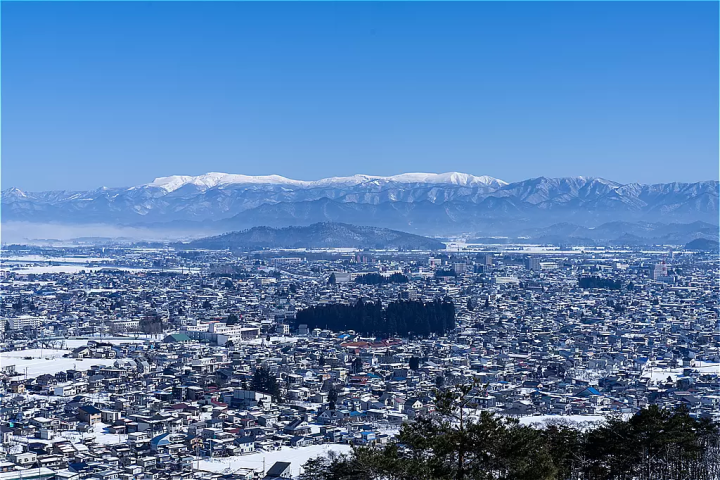
Even within the Tohoku region, the city of Yonezawa is home to many important samurai heritage sites. It's a highly accessible tourist destination in the Tohoku region, about two hours by Shinkansen from Tokyo. Try wearing armor and kimono, take part in a battle, or visit temples and shrines. Why not relive the stories of the lives of Japan's samurai in Yonezawa?
The contents on this page may partially contain automatic translation.


![[2024 Edition] About 2 hours by Shinkansen from Tokyo Station! A summary of how to get to Yonezawa City, Yamagata Prefecture!](https://resources.matcha-jp.com/resize/200x2000/2024/06/07-182953.webp)


![[Souvenirs] 7 Yamagata Souvenirs](https://resources.matcha-jp.com/resize/720x2000/2023/07/12-141002.webp)



























![[2026 Edition] FORMUAL 1 JAPANESE GRAND PRIX Information](https://resources.matcha-jp.com/resize/720x2000/2025/10/05-245984.webp)


![[2025 Update] Namba's spectacular illuminations! "Namba Hikari Tabi" with approximately 1 million shining lights](https://resources.matcha-jp.com/resize/720x2000/2025/12/12-252825.webp)